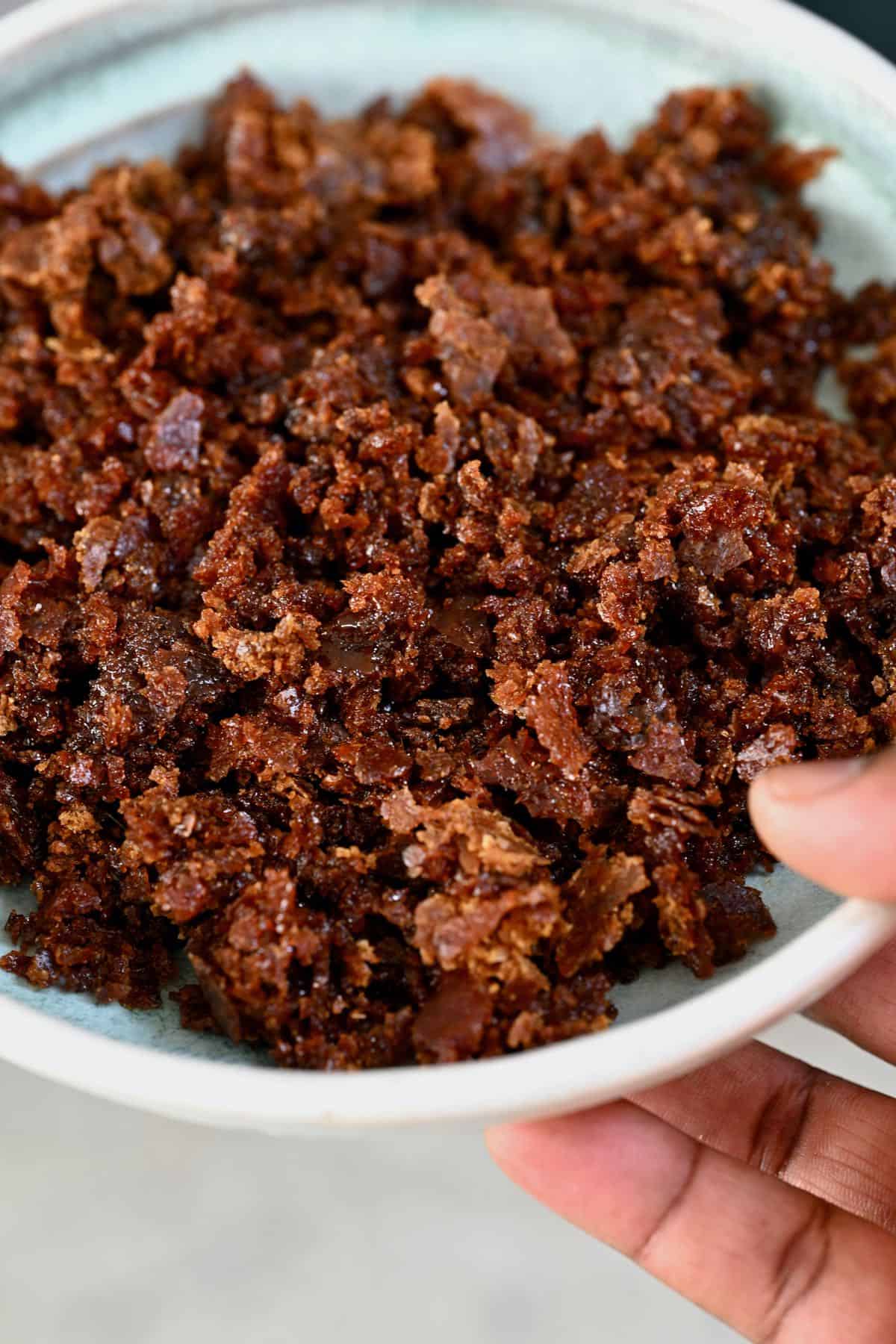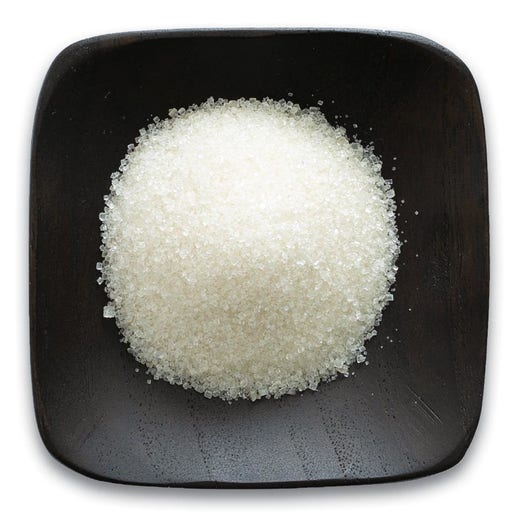The Journey of Cane Sugar Processing: From Harvest to Crystals
The Journey of Cane Sugar Processing: From Harvest to Crystals
Blog Article
Recognizing the Important Techniques and Technologies Utilized in Modern Walking Cane Sugar Processing
The advancement of walking stick sugar handling has actually been substantially shaped by the assimilation of sophisticated strategies and modern technologies that attend to both effectiveness and sustainability. Enzyme-assisted removal and sophisticated refining techniques have actually changed yield optimization, while automation facilitates operational integrity. Furthermore, the focus on sustainable practices shows an expanding recognition of ecological influence. As we discover these crucial innovations, it comes to be necessary to check out just how they not just enhance production however likewise line up with more comprehensive sector fads and customer demands, elevating inquiries concerning the future of sugar handling and its effects for international markets.
Historical Context of Cane Sugar Handling
The historic context of walking cane sugar handling exposes a rich tapestry of farming development and social exchange that has shaped its development over centuries. Coming From in Southeast Asia, sugarcane was cultivated as early as 8000 BCE - Cane Sugar Processing. The procedure of removing and fine-tuning sugar got momentum in India, where approaches for condensation were refined around the 6th century. This understanding passed through to the Middle East, and by the 12th century, sugar came to be a valued commodity in Europe, leading to the facility of sugar ranches in the Mediterranean.

Advanced Extraction Methods
Efficiency in cane sugar extraction has seen significant improvements, driven by the demand for higher returns and reduced manufacturing costs. This technique not only enhances sugar yield but likewise minimizes the power needed for handling.
Furthermore, the fostering of membrane filtering modern technologies, such as nanofiltration and turn around osmosis, has actually changed the splitting up of sugar from contaminations. These approaches permit the discerning permeation of sugar particles while retaining larger contaminants, streamlining the removal procedure and minimizing waste.
Furthermore, the integration of constant extraction systems has led to improved operational efficiency. Cane Sugar Processing. These systems maintain a constant flow of cane material, ensuring optimum removal conditions and decreasing downtime related to set processing
Cutting-edge Refining Technologies
Refining techniques in walking stick sugar processing have actually undergone a transformative change, driven by the demand for greater purity and boosted product top quality. One of the most notable technologies is the adoption of membrane layer filtration modern technologies, such as ultrafiltration and nanofiltration. These processes properly eliminate impurities and colorants without the need for considerable chemical treatments, therefore preserving the sugar's all-natural taste and improving its charm.
One more considerable improvement is using ion exchange resins, which enable selective removal of unwanted ions from sugar services. This modern technology not only raises the total pureness of the last item however likewise adds to reduced waste and ecological influence.
Moreover, advancements in adsorption strategies, utilizing triggered carbon and various other innovative products, have shown reliable in decolorizing sugar solutions while maintaining ideal high quality. The assimilation of these innovative refining technologies guarantees that suppliers can create polished sugar with superior clearness and preference, meeting the developing choices of customers.
Automation and Control Equipment
Recent improvements in refining modern technologies have actually led the way for considerable improvements in automation and control systems within walking stick sugar handling centers. These systems use innovative software and equipment to enhance operational effectiveness, minimize human mistake, and make sure regular item top quality.
Modern automation incorporates different elements, including sensors, actuators, and programmable logic controllers (PLCs), making it possible for real-time tracking and control of critical procedures. For example, circulation, stress, and temperature rates can be precisely managed throughout extraction, clarification, and condensation stages, maximizing efficiency and lessening waste.
Additionally, advanced information analytics and equipment discovering algorithms play a crucial duty in predictive upkeep, enabling operators to prepare for devices failures before our website they take place. This positive approach not just decreases downtime but additionally extends the life-span of machinery.
Additionally, automation helps with the implementation of Market 4.0 principles, equipping sugar mills to achieve better connectivity and information exchange across procedures. As an outcome, decision-making comes to be more agile and educated, inevitably enhancing the total competitiveness of walking stick sugar production. With these innovations, the market is well-positioned to satisfy expanding worldwide needs while maintaining operational quality.
Sustainability Practices in Sugar Manufacturing
Sustainability practices in sugar manufacturing have come to be progressively important as the sector looks for to balance financial stability with environmental duty. As consumer understanding expands relating to the ecological impacts of agricultural techniques, sugar manufacturers are taking on ingenious techniques to reduce their environmental footprint.
One substantial approach is the application of precision agriculture methods, which make use of information analytics to maximize source usage, such as water and plant foods. This reduces waste and decreases the effect on neighborhood ecological communities. Moreover, many producers are transitioning to eco-friendly energy resources, such as biomass from sugarcane results, to power their operations, therefore reducing dependence on nonrenewable fuel sources.
Water management practices are also crucial; rainwater harvesting and effective irrigation systems help mitigate water scarcity issues. Cane Sugar Processing. Furthermore, incorporated bug monitoring approaches minimize chemical use, promoting biodiversity and soil health
Business social responsibility campaigns are arising, with business investing in local communities and ensuring reasonable labor methods. By accepting these sustainability methods, the sugar industry not just improves its credibility but also adds news to a much more sustainable read this agricultural landscape, leading the method for future generations.

Final Thought
In summary, modern-day walking stick sugar processing incorporates an array of sophisticated methods and technologies that considerably enhance sustainability, return, and effectiveness. Collectively, these innovations place the cane sugar sector to satisfy contemporary demands while dealing with critical international difficulties.
The evolution of walking cane sugar processing has actually been substantially shaped by the combination of innovative techniques and innovations that deal with both performance and sustainability.The historical context of walking stick sugar processing exposes an abundant tapestry of agricultural advancement and cultural exchange that has formed its advancement over centuries. Technologies in milling and refining emerged, laying the foundation for contemporary walking cane sugar processing.Refining strategies in walking stick sugar handling have undertaken a transformative shift, driven by the need for greater purity and boosted product high quality.In recap, contemporary walking cane sugar processing integrates a range of sophisticated strategies and innovations that dramatically enhance sustainability, yield, and efficiency.
Report this page